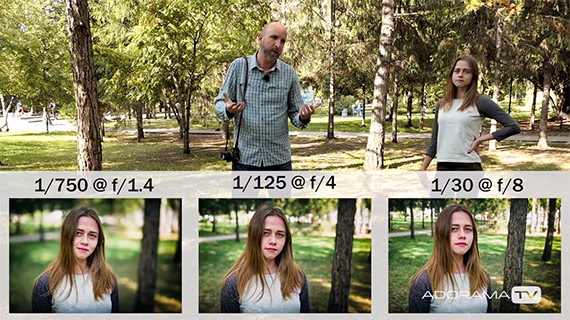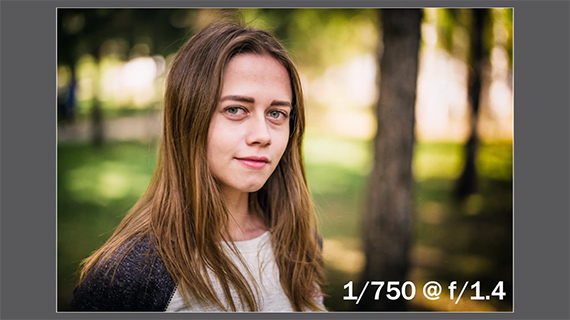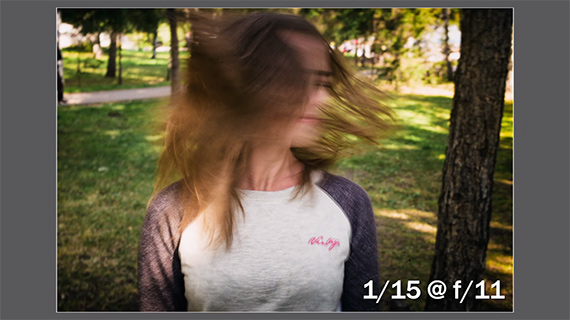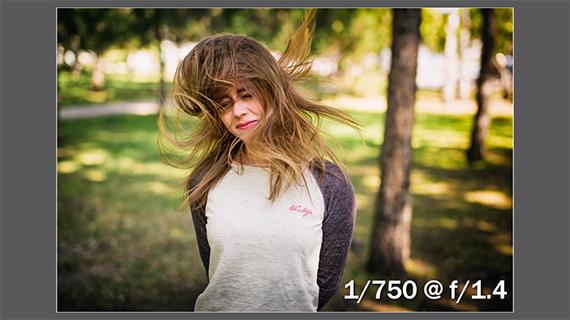You’re likely familiar with the terms exposure and exposure value. But are you familiar with the term equivalent exposure? Equivalent exposure can be explained briefly as several combinations of shutter speed, aperture, and ISO that produce the same exposure. In other words, ISO, aperture, and shutter speed combinations that collect a similar amount of light. In this video, Mark Wallace from Adorama explains the term in further detail and also explains when to use which combination:
To demonstrate equivalent exposures, Wallace uses a series of portrait exposures taken at different combinations of aperture and shutter speed. The underlying rule in this is the inverse relationship between aperture and shutter speed.

These three images appear more or less the same. However, they are not the same. If you look closer you will notice the first image has a shallow depth of field—almost all of the background is blurred. The background in the second image appears a bit clearer. The final image has a large depth of field, evident from the sharp background.
The exposures in these images are the same, but the combination of shutter speed and aperture used to arrive at that equivalent exposure is different. The first one uses an aperture of f/1.4 with a fast shutter speed. The second one uses a relatively ‘slow’ aperture of f/4 and the consequent shutter speed. The final image uses a small aperture of f/8 and a slow shutter speed to balance the exposure.
The most common question at this stage is which combination of shutter speed and aperture to use in a certain situations, or more specifically, which combination is ideal and for which situation.
Here’s the thing. If you need a shallow depth field, you will need to use the combination of a wide open aperture and a fast shutter speed to balance it out. This will melt the background away and produce that nice out of focus background effect.

On the other hand, if you need to incorporate the background in your images, use a small aperture and a slow shutter speed to balance it out.

The role of the shutter speed in all these is that it is controlling motion. If your subject is standing still you can experiment with a slow shutter speed. But if your subject is moving about you will have to use a fast shutter speed to prevent blur.

With a fast shutter speed things are much sharper and crisper.

In a nutshell, your preferred combination of shutter speed and aperture will depend on your shooting preferences. Do you want a shallow depth of field or a large depth of field? Do you need motion blur or a crisp image where everything is frozen? Depending on the answer to those questions, you will need to choose the right combination.
Go to full article: Equivalent Exposures Tutorial
What are your thoughts on this article? Join the discussion on Facebook
PictureCorrect subscribers can also learn more today with our #1 bestseller: The Photography Tutorial eBook
The post Equivalent Exposures Tutorial appeared first on PictureCorrect.
from PictureCorrect https://ift.tt/2v9kejw
via IFTTT






0 kommenttia:
Lähetä kommentti